Advertising is one of the main types of income sources for blogs. Advertising is also the most conventional and typically the least profitable monetization strategy.
To make money this way, you need to do a huge amount of work for a generally small pay off, in addition make sacrifices in the process.
Don’t just advertise on your blog because you can. As an entrepreneur, your blog becomes a platform for your business. Creating a sustainable, scalable and successful business requires a strategy.
In this post, you’ll learn about different types of advertising and the pros and cons, why some successful blogs advertise and others don’t and if advertising is right for you.
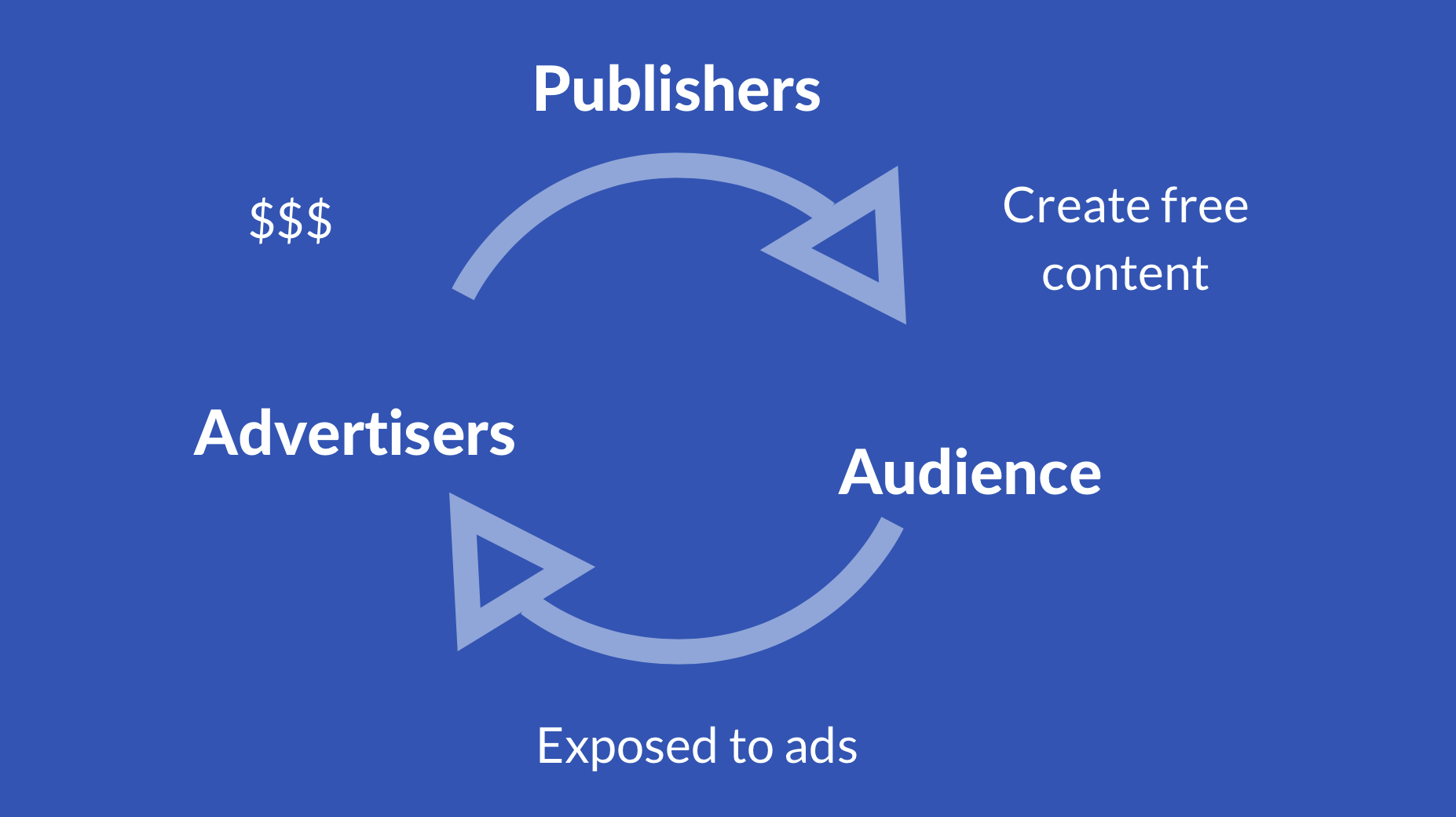
Option 1 – Direct Advertising
Direct advertising is selling space on your website directly to an advertiser, also called a sponsor. No middleman involved.
For example, if you have a blog about buying property you could sell space on your website directly to a mortgage broker for a monthly fee.
Pros and Cons of Direct Advertising
#Pros
- No Middle Man – Without the middle man you negotiate your own pricing structure, terms and payment options and retain 100% of the revenue.
- Control – You have total control over what you display on your website and what your audience view.
- Value – Continue to provide value to your audience. Strategies such as aligning ads with your content enhance rather than detract from your message.
- Build Credibility – Blogs that attract direct advertising consistently, are often seen as an authority in their niche.
- Creates Opportunity – Building a good relationship with your advertisers can create new opportunities for more deals with other advertisers through word of mouth.
- Flexible Ad Placement – You decide the types of ad formats and placements to offer advertisers, eg: placing buttons or banners on your website or text links in your blog posts.
#Cons
- Finding an Advertiser – It’s not easy to attract advertisers. Especially without a reader base. Advertisers are paying for access to your audience. You don’t have one. Yet.
- Time Consuming – Finding advertisers, negotiating the deal and managing the placement process can take up a lot of time.
When you have enough traffic coming to your site, if you’re lucky, advertisers may approach you directly.
Or you track down the advertisers you want to partner with.
One way to find advertisers, is to search for similar blogs in your niche and see which companies are advertising directly. You know these companies already use direct advertising so there’s more chance for a positive response if approached.
Finding an Advertiser
Use the down time as an opportunity to prepare yourself.
Create an About page and a media kit.
A media kit is a document that you create to present to prospective advertisers with everything they need to know about you and your audience. Start creating and do what you can for now.
A good first impression is tantamount to a stand out media kit! As a new blogger, start off with a professional edge and make that first impression a lasting one.
For more info on media kits, check out Blog Maven. You can purchase a media kit at The Brand Magnet.
As you build an audience, get to know them.
Getting to know your audience well, will help you find the right advertiser. In this article “How to Get Started Selling Advertising on Your Blog”, Michael Hyatt shares his strategy for collecting valuable information about his viewers and tailoring his advertising page and media kit to attract the right prospective sponsors.
Option 2 – Advertising Networks
Advertising networks act as middlemen, connecting advertisers with publishers (you) that want to host ads on their websites. This model has two ways to make money advertising on your blog:
- CPC or Cost-Per-Click (also referred to as Pay-Per-Click) – Each time an ad is clicked on, you are paid for the click
- CMP or Cost Per 1000 Impressions – You are paid a fixed amount of money based on how many people view your ad. No clicking is necessary
The way this works is the Advertising Network places targeted ads on your website on behalf of the advertiser and you earn a commission when a visitor to your site clicks on or views the ad. Network ads generally come in two forms: Display Advertising and In-Text Advertising.
What’s the Difference Between Display and In-Text Advertising?
Display Advertising; Display advertising is where you place ads in a certain space or spaces on your website, often in content, on a sidebar or the header. Ads are typically in a video, display image, link or text format (not to be confused with In-Text). These ads are usually very obvious, very visual and appear at the same time as the rest of the page content.
Google AdSense is the most popular program for this type of advertising. Here are some examples of ads you can place on your website with Google AdSense.
Examples of Google Adsense Ads
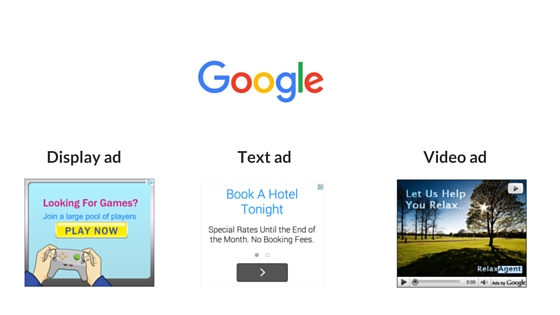
In-Text Advertising: Unlike Google AdSense, In-Text advertising doesn’t require allocated space on your website but instead transforms your site’s content into its own ad platform. An in-text ad can be detected by a double line under a keyword within the sites overall copy.
When the user hovers the mouse pointer over the key word, an ad pop up that relates to the key word appears. When the user clicks on the ad, they will be diverted to the advertisers site. It’s a little confusing but hopefully this video will shed some light.
In-Text Advertising Example from Infolink
Pros and Cons of Advertising Networks
#Pros
- Easy and Free. Signing up with an Ad Network is easy and opening an account is free.
- Utilize Free Space. Many blogs use spaces like the side bar area to promote their own products or affiliate products. With no products to promote, you can use free space on your website to make money advertising on your blog.
#Cons
- Work, Time and Effort. Requires a consistent input of work, time and effort to attract the large amount of visitors you need to your site each day. A lot of effort considering the amount you earn.
- Distraction. Ads distract from your content and the message you are conveying. You work hard to bring visitors to your site only to encourage them to leave by clicking on an ad.
- Conversion Killer. Distracting visitors away from your call to action can be a real conversion killer. Don’t trade product sales for ad revenue. Not good for business!
- Looks Cheap. Ads can cheapen your website in your audience’s eyes.
- Visual Nightmare. Ads can be ugly and if not managed well, make your blog look like busy and confusing.
- Time Consuming. Managing the ad placement process on your website can have a way of consuming your valuable time as you fixate on positioning and managing your ad space.
- Speed is a killer. Your site slows down as content for the ads comes from another host computer. Most people leave your site after three seconds if a page hasn’t loaded.
- Promotes Your Competition. It’s risky business. You might be promoting your competition. How often have you seen competitor products or services pop up on a company website while you’re researching their product?
What Advertising Networks Should I Start With?
There is no reason at this stage to overwhelm you with a list of options a mile long. These three companies will cover all bases.
The two biggest Banner Ad Networks for publishers are Media.net and Google AdSense. Both companies have low entry requirements including no minimum traffic so as a starter, either or both of these networks will serve you well.
Google AdSense uses analytics such as the content on your site (as the publisher), the users browsing history, the demographic of the user and other contextual indicators to display relevant and targeted ads.
Media.net works in much the same way as Google AdSense only powers the Yahoo! Bing Network Contextual Ads program.
One of the most popular In-Text Ad Networks for publishers is Infolinks.
Infolinks is the third largest marketplace for publishers and best known for In-Text ads. They also offer other types of advertising such as InFold, InScreen, InTag and InFrame. Using Infolinks will leave the look and feel of your site undisturbed.
Why Some Successful Blogs Advertise and Others Don’t
Let’s start by taking a look at the top performing blogs, Huffington Post being number one.
It’s interesting to observe that the blogs earning their revenue from advertising have a focus on ideas, personal experience, news, gossip and opinion based content – the magazine style blog.
Whereas the blogs focusing on education and information that encourage readers to take action, earn their income from other sources.
Blog |
Genre |
Income Source |
| The Huffington Post | News aggregator and blog | Advertising Networks |
| Techcrunch | Business blog for startup and investment news | Advertising Networks |
| Mashable | Tech, digital culture and entertainment blog | Advertising Networks |
| Perez Hilton | Hollywood gossip column | Advertising Networks |
| Noupe | Blog for web designers and web developers | Direct Advertising |
| Smashing Magazine | Magazine for web designers and developers | Direct Advertising |
| SmartPassiveIncome | Blog for entrepreneurs | Affiliate Marketing |
| Timothy Skyes | Trading and investment blog | Affiliate Marketing |
| LifeHacker | Blog about software and general life tricks and tips | Advertising Networks |
| Tuts Plus | Teaches creative skills through courses and tutorials | Membership |
The monetization method of the magazine model relies heavily on advertising revenue, hence requiring hundreds of thousands of visitors per month to be viable.
Blogs providing actionable information sell their own products, services or membership or promote someone else’s products (affiliate marketing) directly to their audience. Advertisements would compete directly with their own promotions.
Is Advertising the SMART Way to Monetize My Blog?
Many successful bloggers today, started out with advertising networks and made their first few bucks. It certainly hasn’t led to their demise. Most will testify that over time, they realize earning a full-time income from ads is a ton or work for little pay off so move on to other monetization methods.
And the goal posts shift.
The biggest new barrier you face today if you are expecting to make a “sizable” income with advertising is banner blindness – the act of consciously or subconsciously “not seeing” ads on a website.
You glaze over the fuzz with your own highly developed occipital lobe filtration system or just hit the back button in disgust. Maybe you’ve even installed ad blocking software.
Banner blindness matters because if your income model relies on display advertising your future isn’t looking as bright as it once was.
Launching your own products such as online courses and eBooks or affiliate marketing are more lucrative ways to make money that consume a lot less time and energy.
If you can teach something valuable and actionable to your audience, your options for generating revenue get a whole lot better.
Whilst advertising is a quick and easy way of bringing in revenue, it can also be a detractor – a short term gain for long term pain (see list of “Cons” up above).
The more traffic you get over time, the more valuable the space on your blog becomes. How can you make the best use of this space? Take a look at similar blogs in your niche. Which ones are successful and how are they making money? Observe how you feel as a reader when you are on another site.
Focus first and foremost on providing incredible value to your readers and giving them the best possible experience when they are on your site.
The rest will follow!
AUTHOR: SARAH PILATI Hi, I’m Sarah! I’m here to help you create your first WordPress blog. I cover the early stages of your project – getting your website up and running! If you have any doubts you can do it yourself, this website is for you! You can get started here.


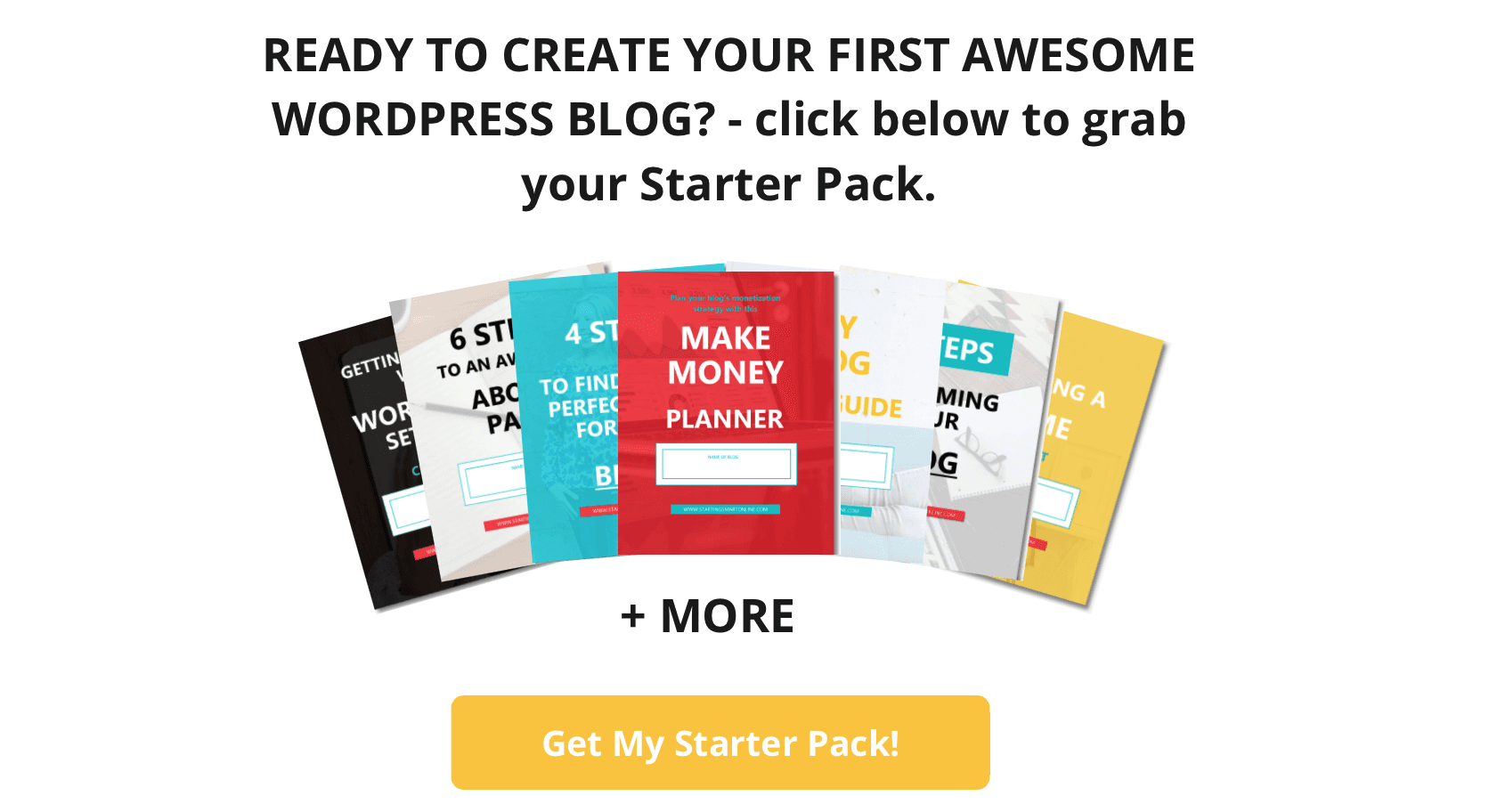


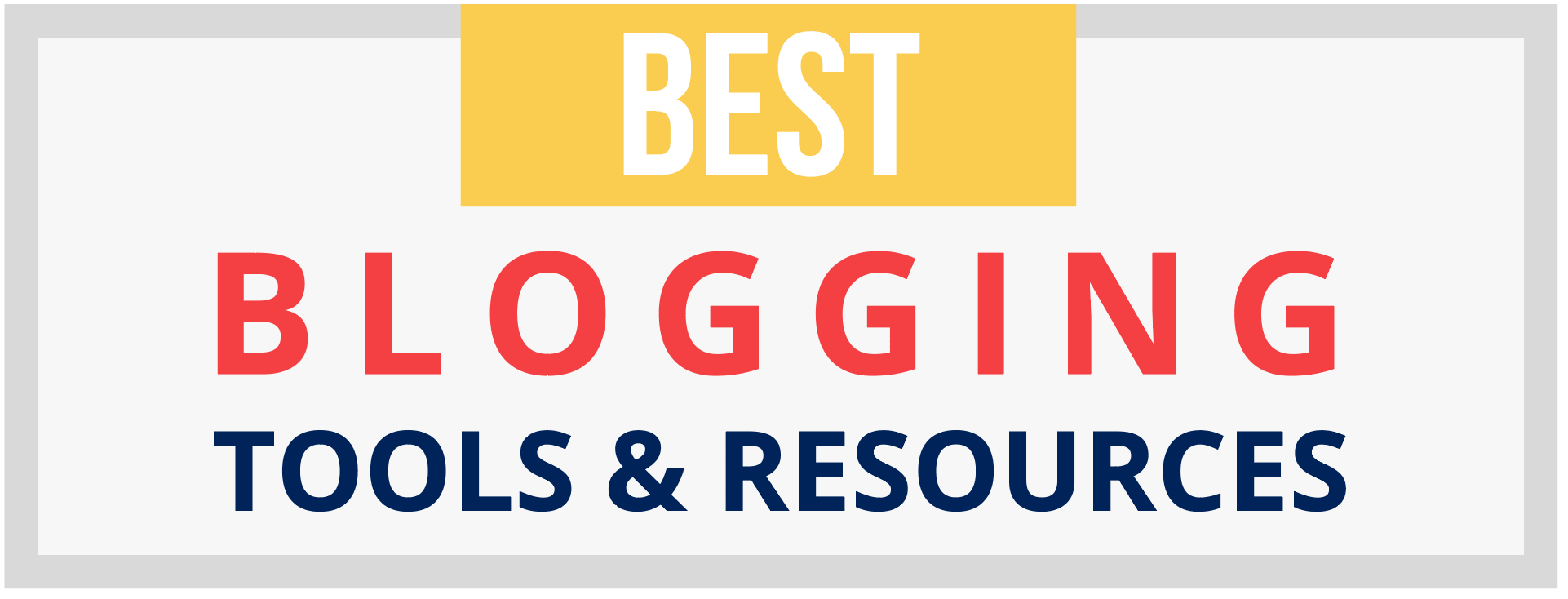

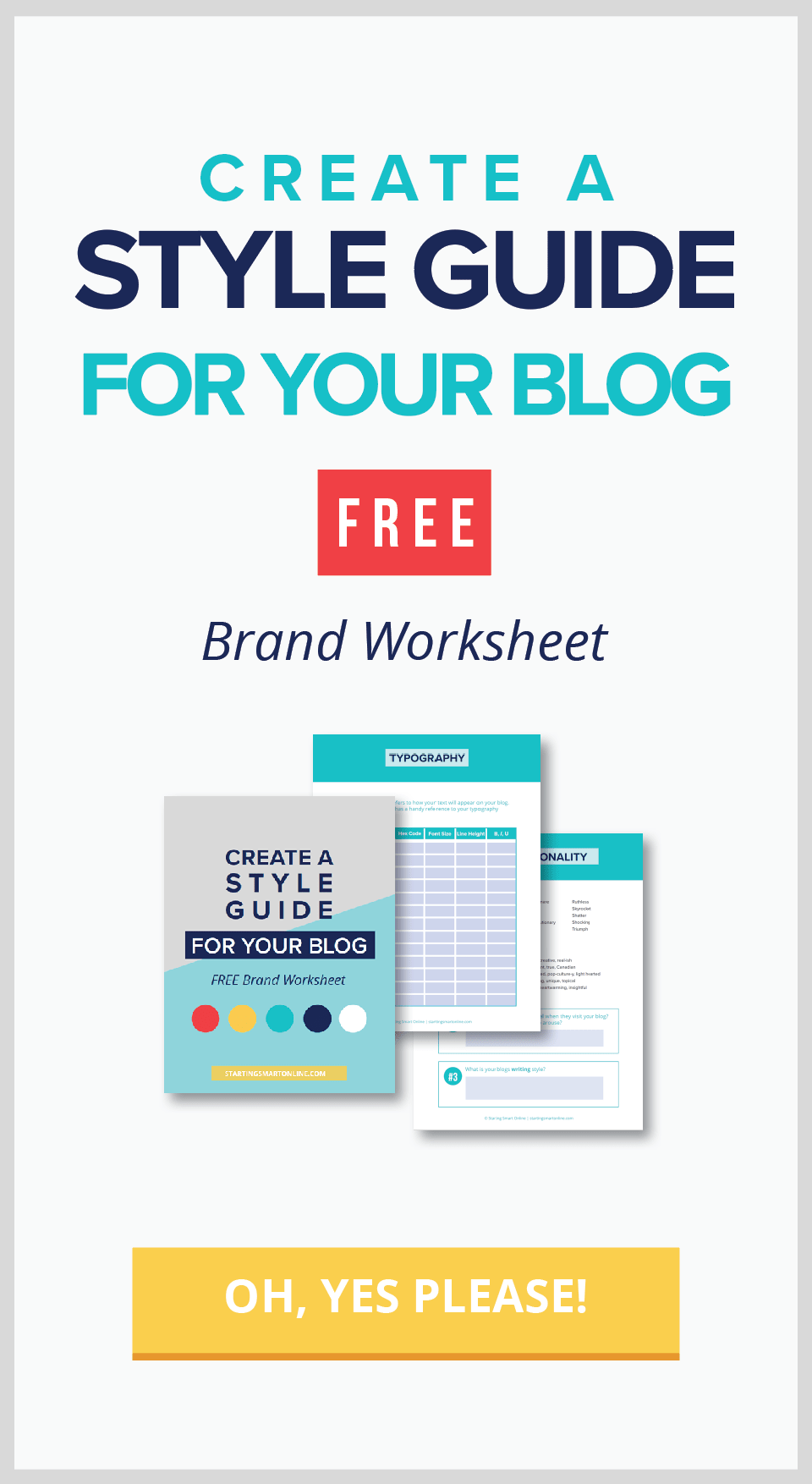

0 Comments